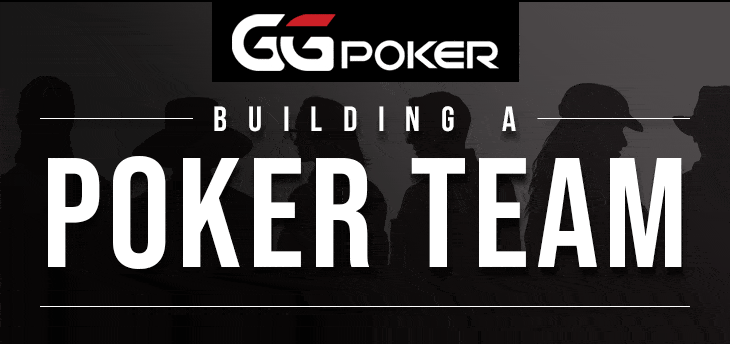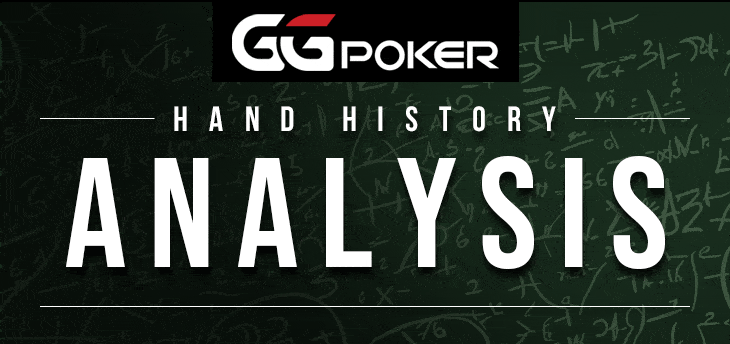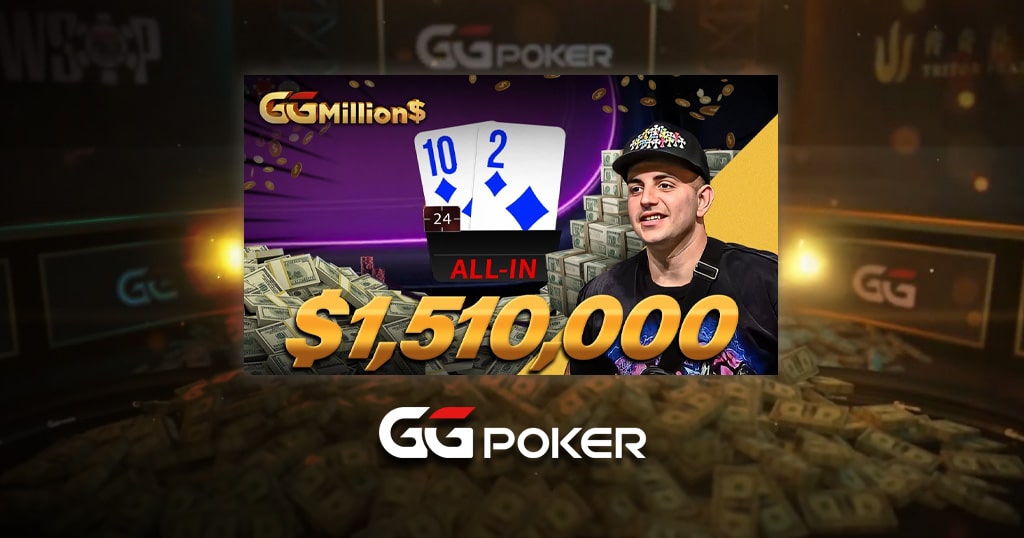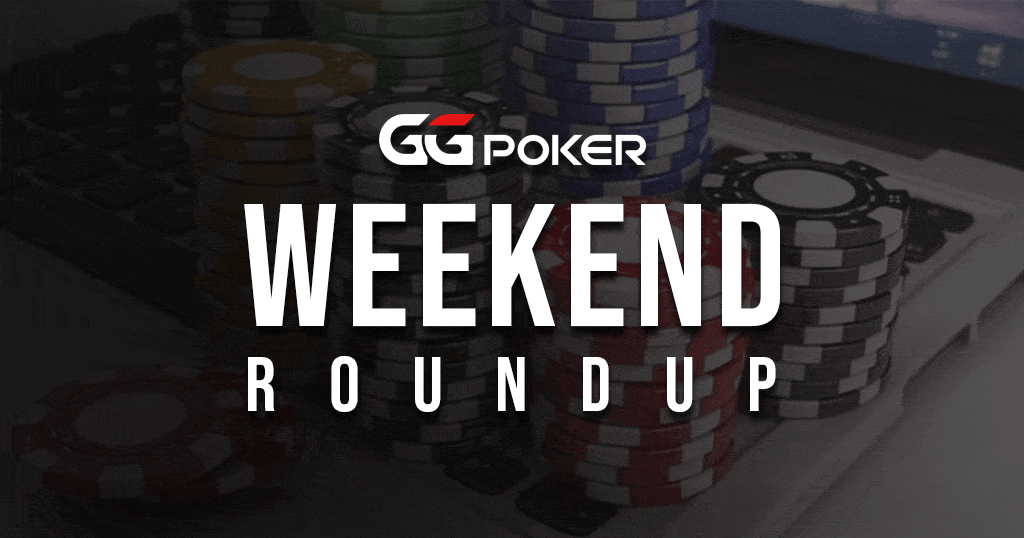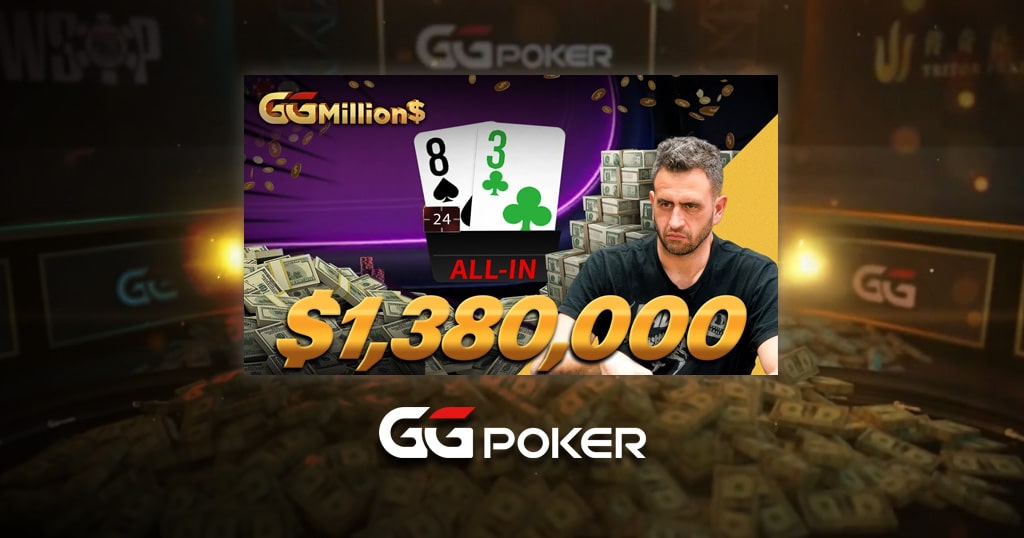Decoding Your Opponents Behavior

In the high-stakes world of poker, understanding the subtle tells and patterns of your opponents is not just a skill—it’s an art form. Behavioral analytics, a field that might sound more at home in a tech company’s office than at a poker table, has taken this art form and turned it into a science. But how exactly does it play a role in identifying poker player patterns, and why should anyone who wants to improve their game care?
The Unseen Tells
At its core, behavioral analytics in poker involves analyzing the physical and psychological cues of players to predict their future actions. This isn’t about reading a twitch of the nose or the blink of an eye (though those can certainly be part of it). It’s about understanding how a player’s behavior correlates with the hands they play and the strategies they adopt.
Have you ever noticed how some players become chattier when they have a strong hand? Or how others might suddenly become introspective, their gaze turning inward as they ponder their next move with a weaker hand? These are the kinds of patterns behavioral analytics seeks to decode.
Patterns in the Chaos
Identifying patterns in poker is like trying to find order in chaos. Players often try to be unpredictable, but even the most random behavior can reveal a pattern to the trained eye. Behavioral analytics dives into aspects like betting patterns, reaction times, and even the way players stack their chips. Here are a few examples:
-
- Betting Patterns: How a player bets can tell you about the current hand and their overall approach. Aggressive betting might signal confidence, while a sudden shift to caution could indicate a weak hand or a bluff.
- Reaction Times: The speed at which a player makes their decisions can also be telling. A quick bet might be a reflex of a strong hand, while hesitation could suggest a decision being made on less than stellar cards.
- Physical Cues: Even in the age of online poker, where physical tells are not visible, the timing of actions and the pattern of play can serve as digital “tells.”

The Psychological Groundwork
Delving deeper into the essence of behavioral analytics in poker necessitates an exploration of its psychological underpinnings. At the heart of this discipline lies the understanding that every move, bet, and decision a player makes is a window into their mental and emotional state. It’s not merely about observing actions; it’s about decoding the complex web of thought processes that lead to those actions. This requires not only keen observation but also a profound understanding of human psychology.
One fundamental psychological concept that behavioral analytics taps into is the notion of “tilt” — a term that describes a player’s shift from rational, strategic play to emotionally-driven decision-making, often as a result of losses or bad beats. Recognizing the onset of tilt in opponents, characterized by patterns of erratic betting or uncharacteristic aggression, can provide a strategic advantage, allowing a player to exploit these emotional vulnerabilities. Similarly, understanding one’s susceptibility to tilt can lead to better self-management strategies, ensuring decisions are guided by logic rather than emotion.
Incorporating this psychological groundwork into poker strategy involves cultivating an awareness of not just the observable behaviors of opponents but also the hidden currents of motivation and emotion that drive these behaviors. This level of insight enables players to anticipate actions, make more informed decisions, and adapt their strategies in real-time to the shifting dynamics of the game. Ultimately, the fusion of behavioral analytics with a deep understanding of psychology enriches a player’s toolkit, providing a more nuanced and effective approach to the game.
The Digital Age of Poker
With the rise of online poker, behavioral analytics has taken on new dimensions. Software tools can track and analyze thousands of hands played by opponents, giving players access to a wealth of data that was previously unimaginable. This digital evolution means players can study their opponents’ tendencies, frequencies in playing certain hands, and reactions to different game situations without ever needing to observe their opponents physically.
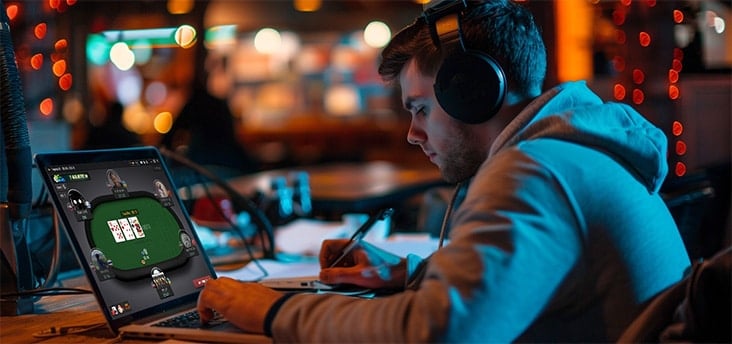
A Two-Edged Sword
However, it’s worth noting that while behavioral analytics can provide a significant edge, it’s not infallible. Poker is a game of incomplete information, and a player’s behavior can change based on countless variables. Over-reliance on patterns detected through behavioral analytics without considering the context can lead to costly mistakes. The key is to use this tool as part of a broader strategy that includes understanding the mathematics of poker, psychological warfare, and adaptive play.
Beyond the Table
The implications of behavioral analytics extend beyond the poker table. It teaches players to be more observant, analytical, and adaptable—not just in games but in life. The skills honed from studying behavioral patterns in poker can be applied to various real-world situations, from negotiations to leadership and even to understanding social dynamics.
Conclusion
In conclusion, behavioral analytics has revolutionized the way poker players approach the game. By decoding the patterns and tells of opponents, players can gain invaluable insights into their strategies, ultimately leading to more informed decisions and a higher chance of success. However, it’s essential to remember that poker remains a game of skill, luck, and human psychology. While behavioral analytics can significantly enhance a player’s game, it should complement, not replace, the broader array of skills and instincts that poker demands.
As poker continues to evolve, so too will the tools and techniques used to master it. Behavioral analytics is just one piece of the ever-expanding puzzle, offering a fascinating glimpse into the future of competitive poker. Whether you’re a seasoned pro or a curious newcomer, understanding the role of behavioral analytics in poker is an exciting step towards mastering this complex and thrilling game.
